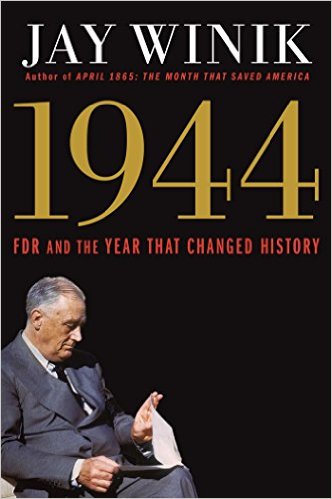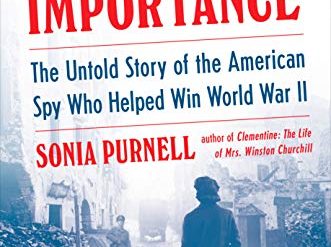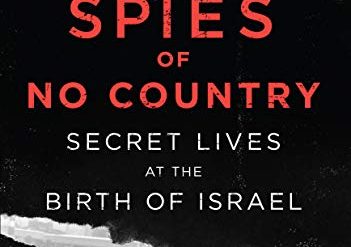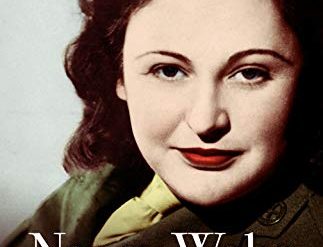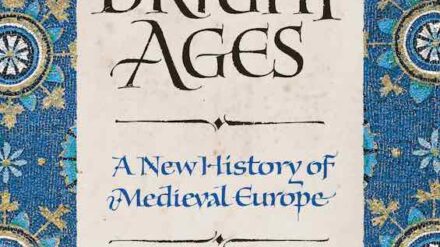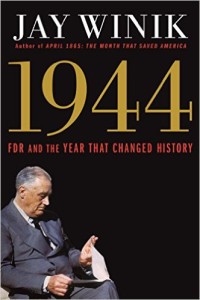
I thought I’d read enough about World War II and the Holocaust at least to understand what was most important about each of these interlocked, milestone events in the history of the human race. I hadn’t. In Jay Winik’s book, 1944, I learned a great deal, especially about the Nazis’ so-called Final Solution. I recognized the names of the key players, of course — it’s impossible to live through the aftermath of that tragic era and read the news without absorbing those names — but it had never before made clear to me that Hitler and the SS became truly frenzied about exterminating the Jews of Europe only in the final stages of the war, when it was obvious to anyone (except perhaps Hitler himself) that Nazi Germany had lost. And I learned more about FDR’s complicity in the genocide.
Yes, the U.S. response to the murder of European Jews was disgraceful. I’d been aware that many officials in the State Department were overtly anti-Semitic — but I’d had no idea of the deliberate steps they took to sabotage any action by FDR’s White House to save at least some of the Jews. Winik recounts this story in excruciating detail in 1944: “the State Department was now using the machinery of government to prevent, rather than facilitate, the rescue of the Jews,” he writes.
1944: FDR and the Year That Changed History by Jay Winik (2015) 657 pages ★★★★☆
“The fear seemed to be, not that the Jews would be marched to their deaths, but that they would be sent to the Allied nations.” Now I know that the Department has the blood of more than a million people staining its already sad record of amorality: yes, in the absence of the obfuscation, foot-dragging, and bureaucratic nonsense from key members of the Department, more than a million lives could have been saved.
For much of the war, Roosevelt himself was complicit in this policy. I’d known that. But now I know how quickly he was able to move once he’d been pushed to action. As Winik writes, “He could never quite see beyond the exigencies of winning the war and crafting the postwar structure of peace.”
With that said, however, 1944 is a curious book. For starters, whoever titled the book did not have its contents in mind: I suspect the marketing people at the book’s publisher, thinking that 1944 would sell better than a book entitled FDR and the Holocaust. Which is really the subject of this book. In fact, the events that truly took place in the year 1944 occupy relatively few pages.
The errant title is just one of the problems I had with 1944. I also found myself confused on many occasions because the author jumped around in time without making clear that he was about to do so. To reorient myself, I was forced to re-read paragraphs that didn’t seem to make sense because they were out of sequence.
The author, Jay Winik, is a popular “public historian.” Trained at Yale and the London School of Economics, he has written three major nonfiction works. 1944 is the most recent.
For further reading
You’ll find this book listed on my post, 5 top nonfiction books about World War II and on 13 good recent books about American foreign policy.
You might also enjoy The 10 best novels about World War II.
Like to read books about politics and current affairs? Check out Top 10 nonfiction books about politics.
You may enjoy browsing through 20 top nonfiction books about history.
For more good books on the history of the US, see Top 20 popular books for understanding American history.
And you can always find my most popular reviews, and the most recent ones, on the Home Page.

